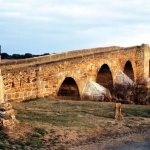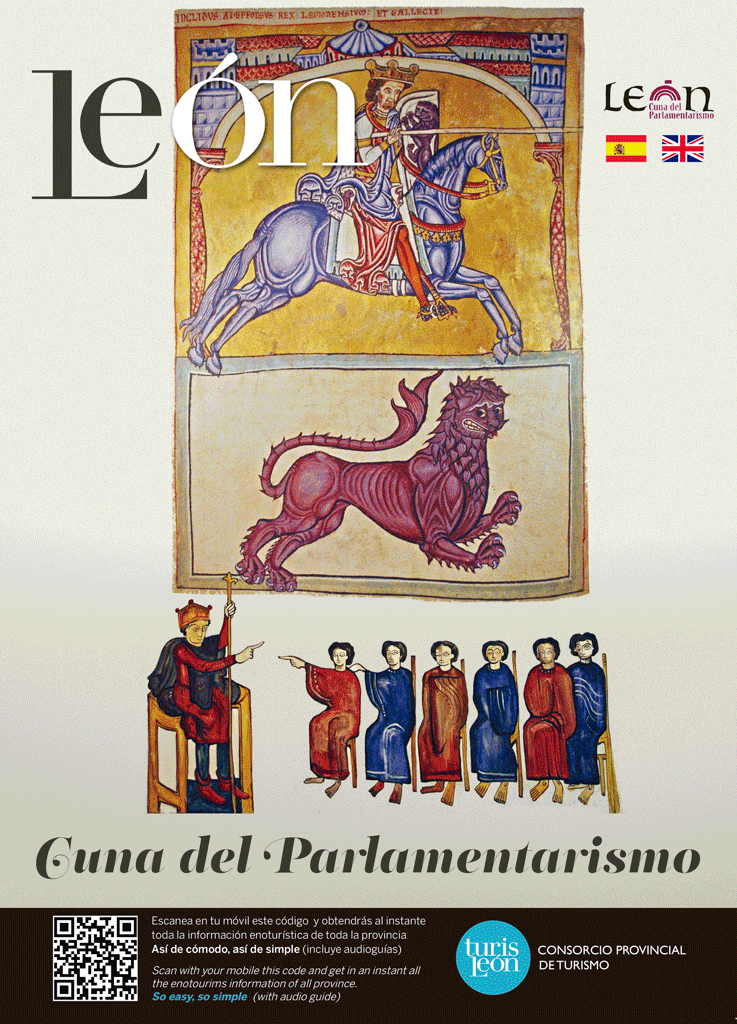RUTA DE LA PLATA(SILVER ROUTE)
Hispania is the name given by the Romans to the Peninsula where Spain is set. Hispania was one the Roman provinces.
The Romans communicated the Cantabrian Coast with the South of Hispania throughout a colossal communication route whose gate to the North is the province of León.
The Vía de la Plata (the Silver Route) is an old Roman route that linked both the cities of Emerita Augusta (current Mérida) and Asturica Augusta (current Astorga). This was not only a communication route but a remarkable cultural and trading way. During the Roman times, especially during Trajan and Hadrian’s period, this route was built in the Western Iberian Peninsula to join the mountains from the North with the Betica Region in the South of Hispania. Goods, troops, traders and travelers took this route, contributing to the spread of Roman culture, language and traditions. At the same time, the route facilitated the control of the territory required by the Empire.
The Ruta de la Plata (Silver Route) enters the province of León from the South, crossing La Vizana Bridge in Alija del Infantado, and it runs close to the Orbigo River, going past San Juan de Torres to get to the town of La Bañeza, the capital of the area and a trade center. La Bañeza has an important urban zone with modernist buildings. From here to Astorga, the way is very nice through flat areas and curled landscapes full of history.
From Astorga, the route takes El Camino de Santiago francés (French Saint James´ Way) to León, city where the route continues up to the Northern Mountains through El Camino de San Salvador (Saint Salvador´s Way). It goes past places such as La Robla, Pola de Gordón, Villamanín and Busdongo, to eventually embrace Asturias in Pajares Pass.

